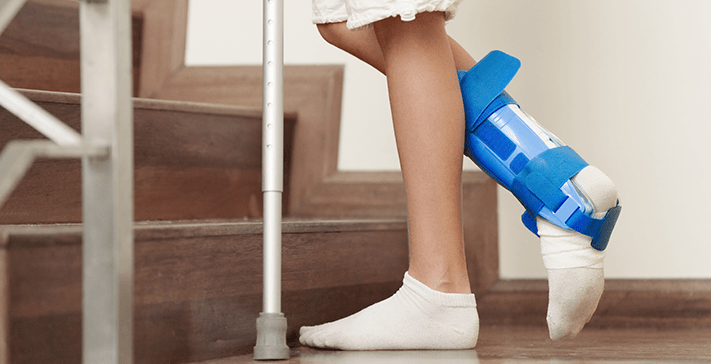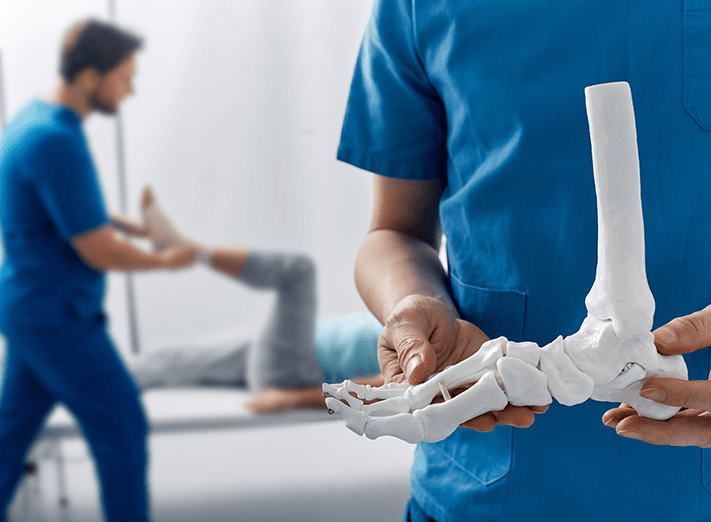What Is Ankle Arthroscopy?
Ankle arthroscopy is a surgical procedure that uses a small camera (arthroscope) to examine and treat conditions inside the ankle joint. The procedure involves making tiny incisions through which the arthroscope and specialised surgical instruments are inserted.
The camera projects high-definition images onto a monitor, allowing the surgeon to visualize and repair damaged structures with precision. Unlike traditional open surgery, ankle arthroscopy minimizes tissue disruption, resulting in less pain, smaller scars, and a quicker recovery time.
Benefits of Ankle Arthroscopy
Ankle arthroscopy provides several advantages over conventional open surgery, including:
Minimally Invasive: Smaller incisions result in less trauma to surrounding tissues
Faster Recovery: Patients often experience quicker healing and a shorter rehabilitation period
Reduced Post-Operative Pain: Less tissue disruption leads to decreased pain and discomfort
Lower Risk of Complications: Reduced risk of infections and other surgical complications
Improved Diagnostic Accuracy: High-definition visualization allows precise diagnosis and treatment









